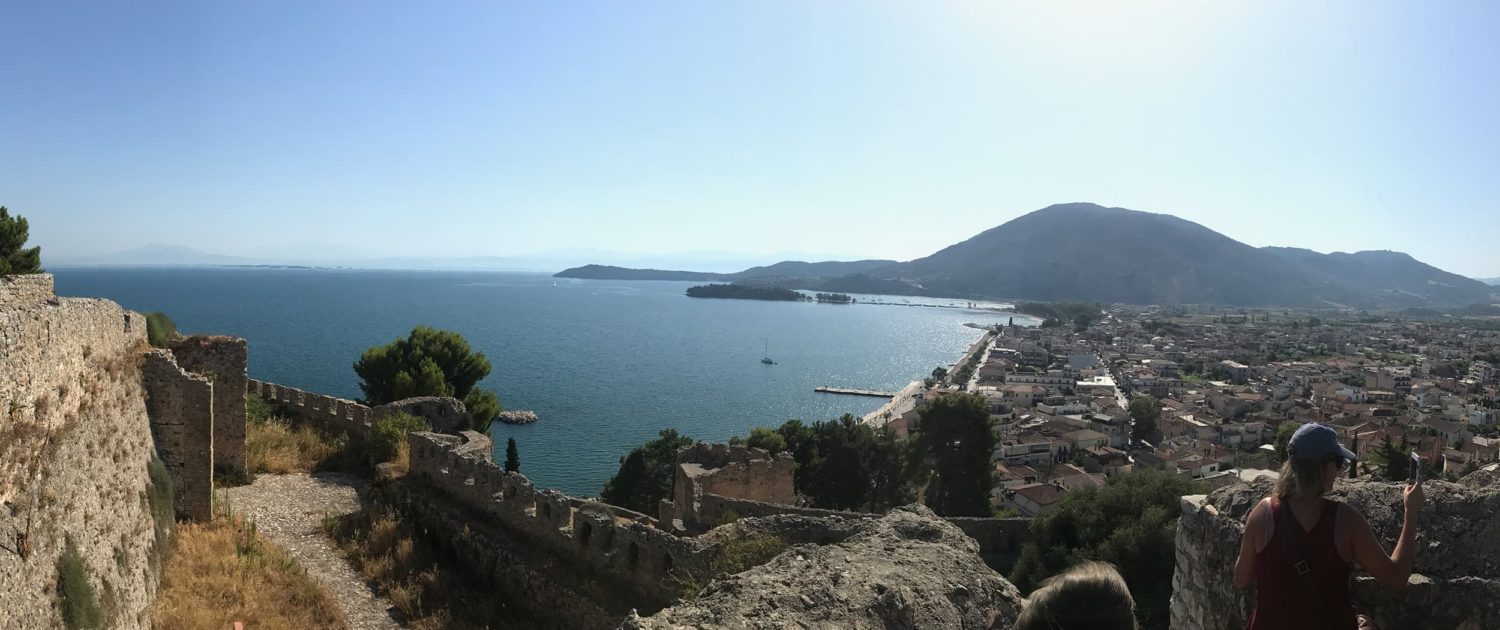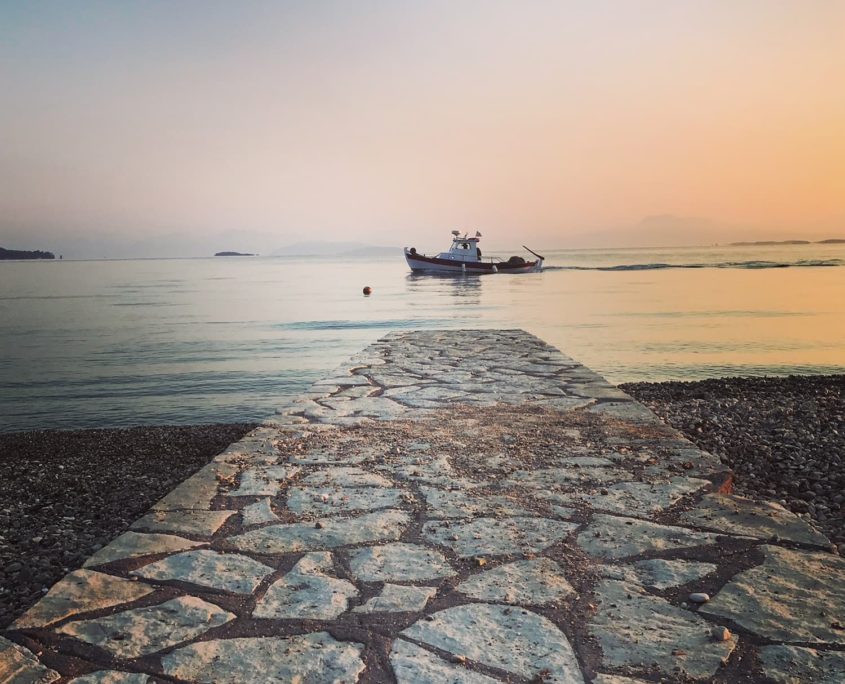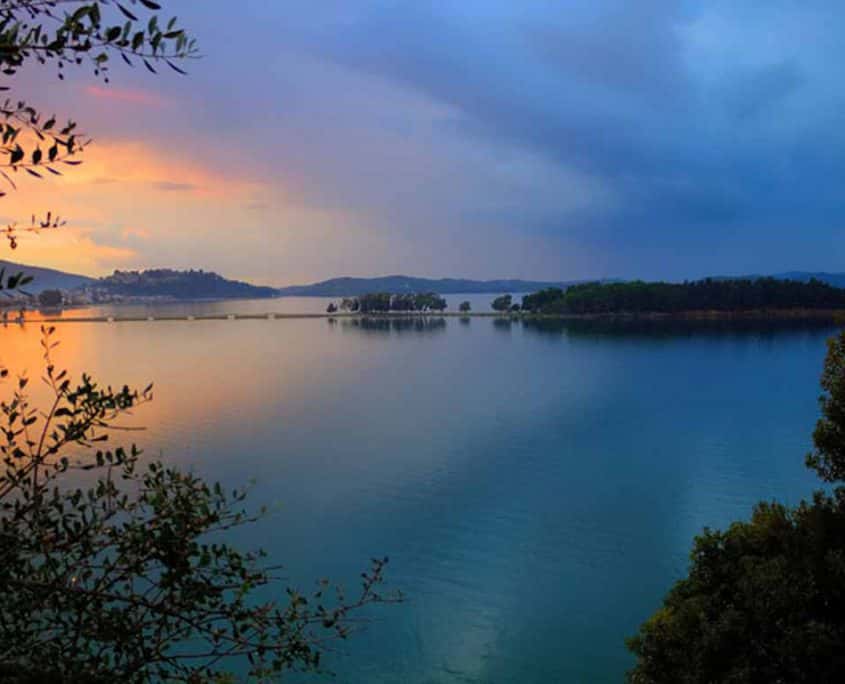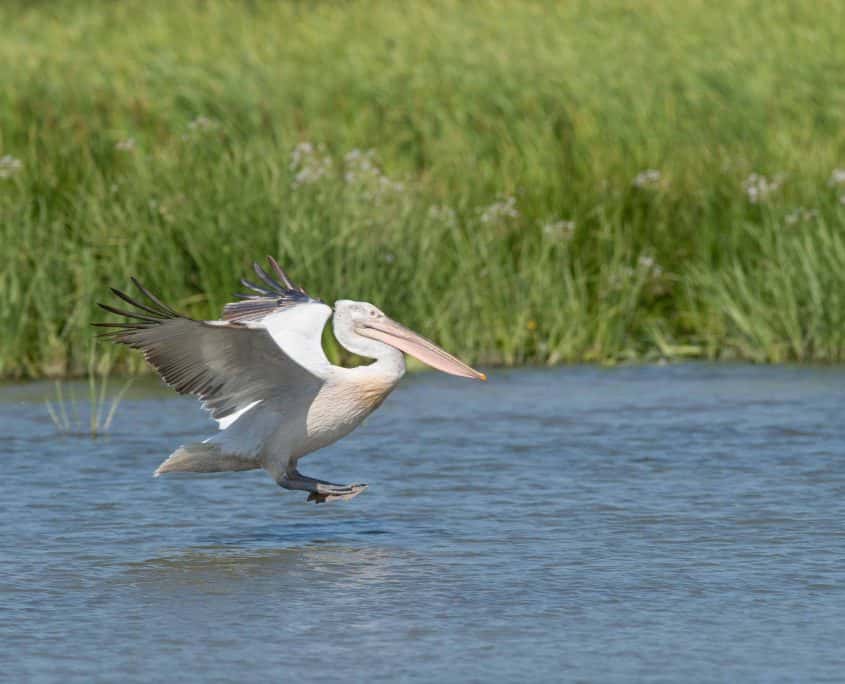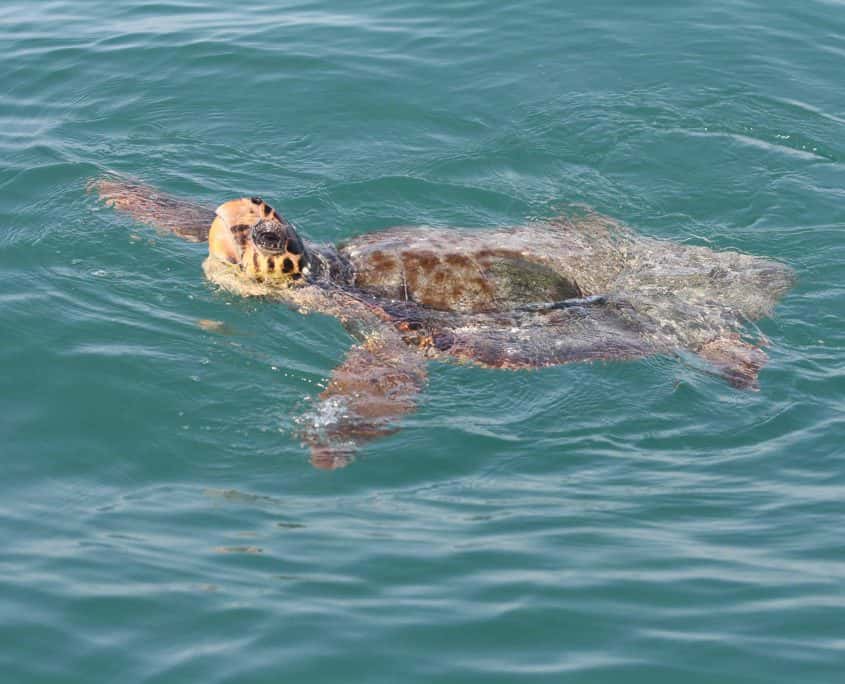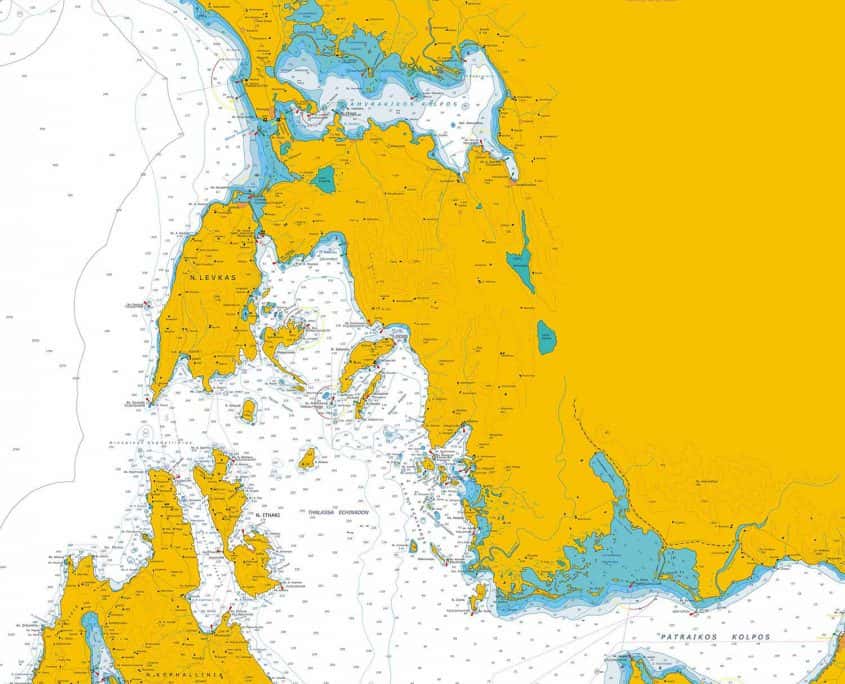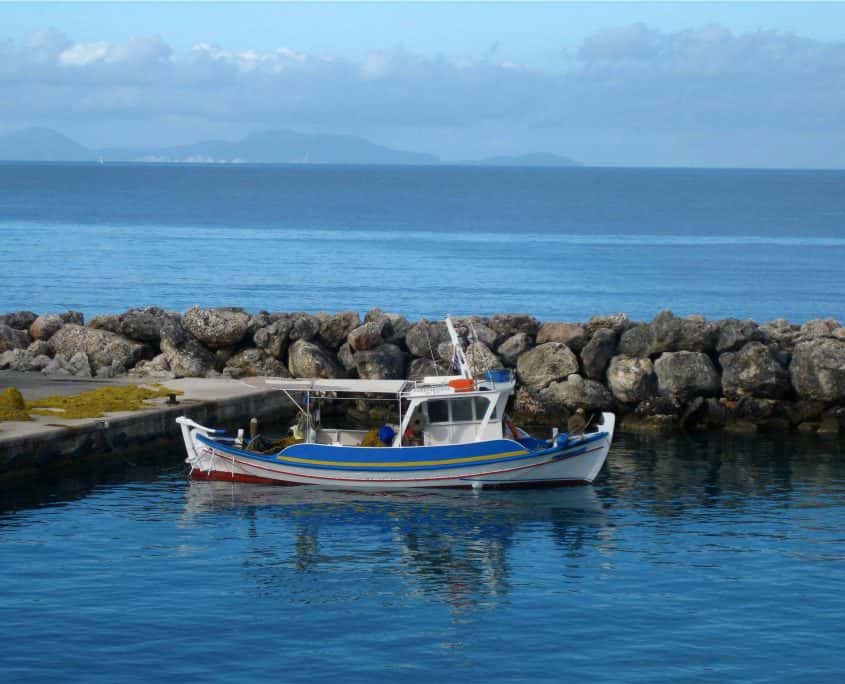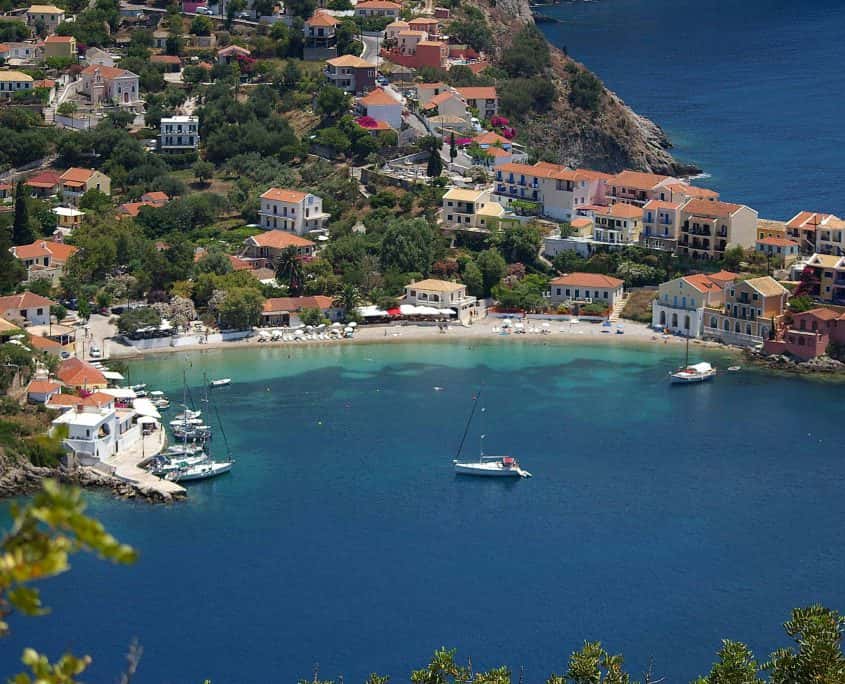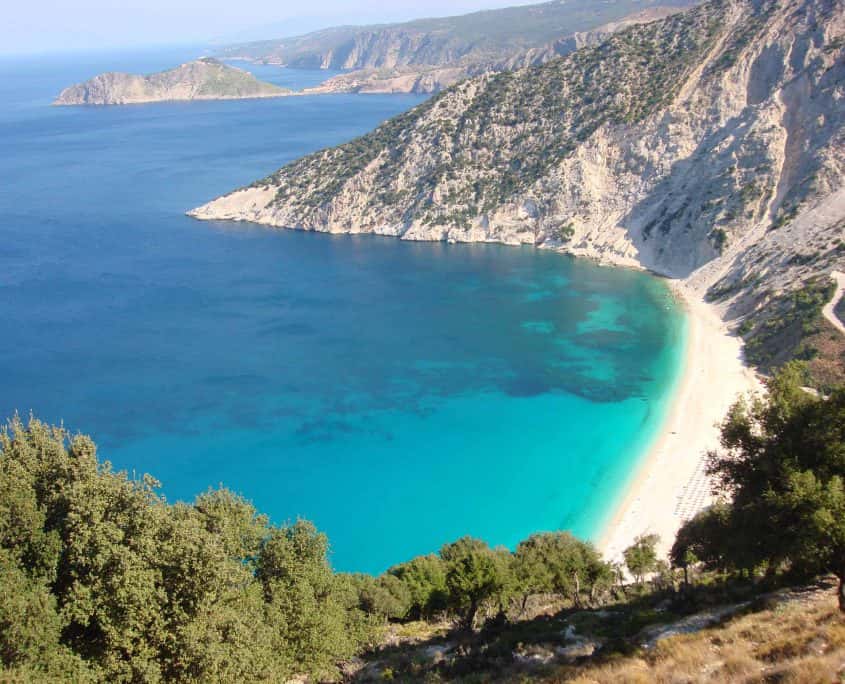Vonitsa and the Ionian Sea coast
Home to the field station of the Ionian Dolphin Project is a traditional village on the Gulf of Ambracia, inhabited by kind and hospitable people
A large, medieval castle looms over the village, and offers rewarding views of the central part of the Gulf. This fortress is a privileged spot to observe the villagers enjoying the local gastronomy in the traditional Greek tavernas and cafes along the seaside. The small harbor right below is where the project’s boat is moored; it is frequently visited by foreign sailors that contribute to give the place a nice and warm atmosphere of camaraderie among boaters.

